We all know the Loch Ness monster is a sneaky creature, as it successfully evaded capture for hundreds of years. However, when hopes of catching this mythical being started to diminish, a retired fisherman discovered its potential hideout using hi-tech sonar equipment.
Tourist sightseeing boat skipper Keith Stewart, claims to have found an underwater fissure large enough to shelter the notorious Nessie. The newly discovered crevice measures 889 feet deep, and is large enough to keep the elusive monster inside.
Loch Ness is UK’s second largest lake, with a previously measured maximum depth of 754 feet, so even though no big catch will occur in the near future, the newly discovered crevice will at least set a brand new record.
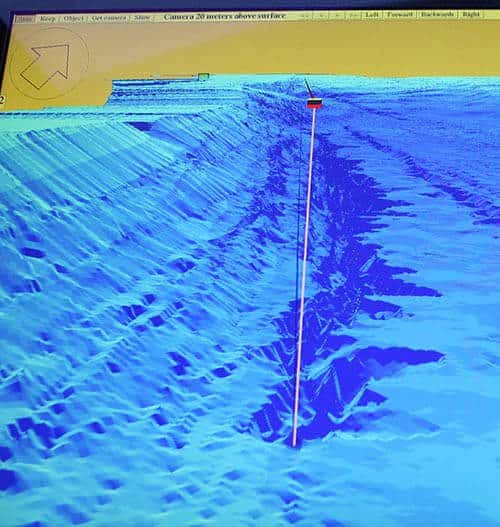
3D image of sonar reading of Loch Ness, showing the spot which has been named ‘Keith’s Abyss’
Stewart’s colleagues at Jacobite Cruises, which deal with sightseeing cruises down Loch Ness from Inverness, have dubbed the fissure “Keith’s Abyss” making its discoverer a great honor. In a recent Telegraph article, Mr. Stewart offered more details about his amazing find.
I wasn’t really a believer of the monster beforehand, but two weeks ago, I got a sonar image of what looked like a long object with a hump lying at the bottom. It wasn’t there when I scanned the loch bed later.
That intrigued me and then I found this dark shape about half way between the Clansman Hotel and Drumnadrochit which transpired to be a crevice or trench. I measured it with our state of the art 3D equipment at 889 feet. I have gone back several times over the abyss and I have verified my measurements.
It is only a few hundred yards offshore whereas previous sonar searches have traditionally been down the middle of the loch. Searches of the monster have also been in those areas as well as Urquhart Bay, so maybe the local legends of underwater caves connecting Loch Ness to other lochs and perhaps even the waters of the east and west coast are true.
Mr. Stewart admitted that his discovery will require more research, as it could had been caused by an earthquake since Loch Ness is located in a relatively high seismic area.
It is possible that an underwater earthquake has opened this in in recent times because the Great Glen lies in a well-known fault in the earth’s crust and tremors have been felt along it.
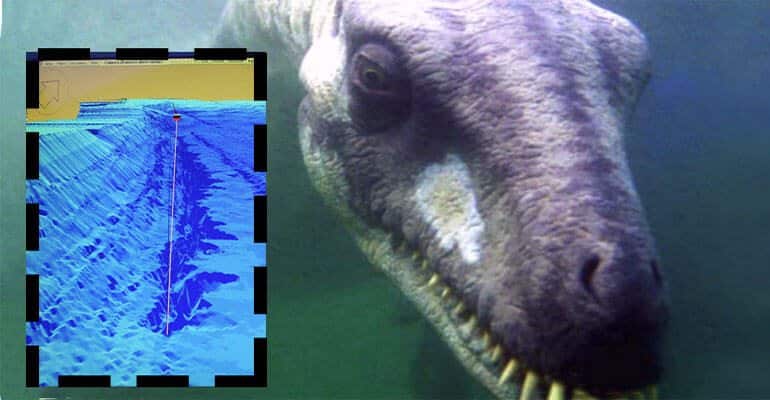
When Gary Campbell, president of Loch Ness Monster Fan Club and Registrar of Sightings received the news, he became very anxious because the new find could lead to the discovery of the renowned cryptid.
We thought the loch was 754 feet deep and just had a 20 foot diameter hole at the bottom, he said. Now we’ve discovered a whole trench that makes the loch nearly 900 feet deep which is twice the depth of the North Sea.
There could be more trenches which make it deeper. Loch Ness is part of a huge earthquake fault line that runs from Canada to Norway. In 2013, there was a 2.4 magnitude quake in the loch – this was when Nessie disappeared for a whole year for the first time since 1925.
On the other hand, Adrian Shine, leader of the scientific research organization The Loch Ness Project, has a more skeptical view on the recently discovered crevice, and he intends to personally investigate the place before drawing any conclusions.
I would be cautious because there is an anomaly which occurs with sonar reading taken close to the side walls called lobe echoes, which can give misleading results about the depth. It doesn’t matter how sophisticated your sonar equipment is, you can still get this anomaly.
There is no doubt the hole is wide and deep enough to hide a creature the size of the Loch Ness monster, but since there is still no sign of activity down there, we can only speculate where further investigations of the depths will lead to. Considering the possibility of an underground network of large tunnels beneath the great lake connecting all the nearby masses of water, we can only hope that Nessie is somewhere out there.



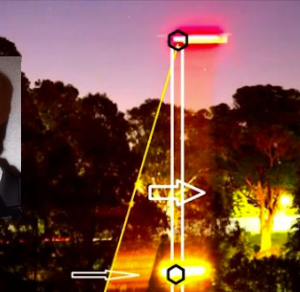

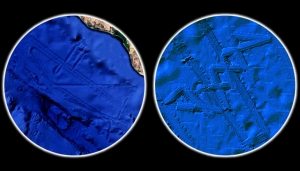
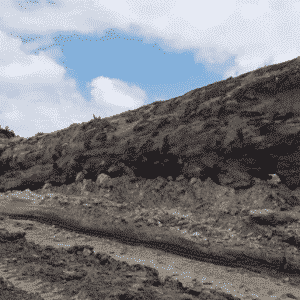



Trackbacks/Pingbacks